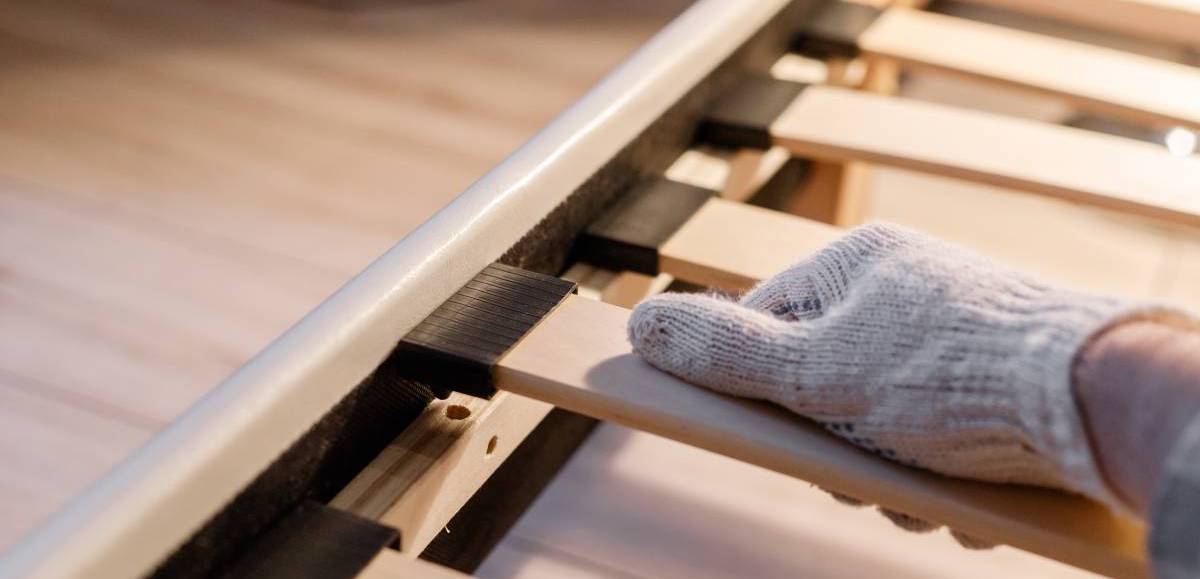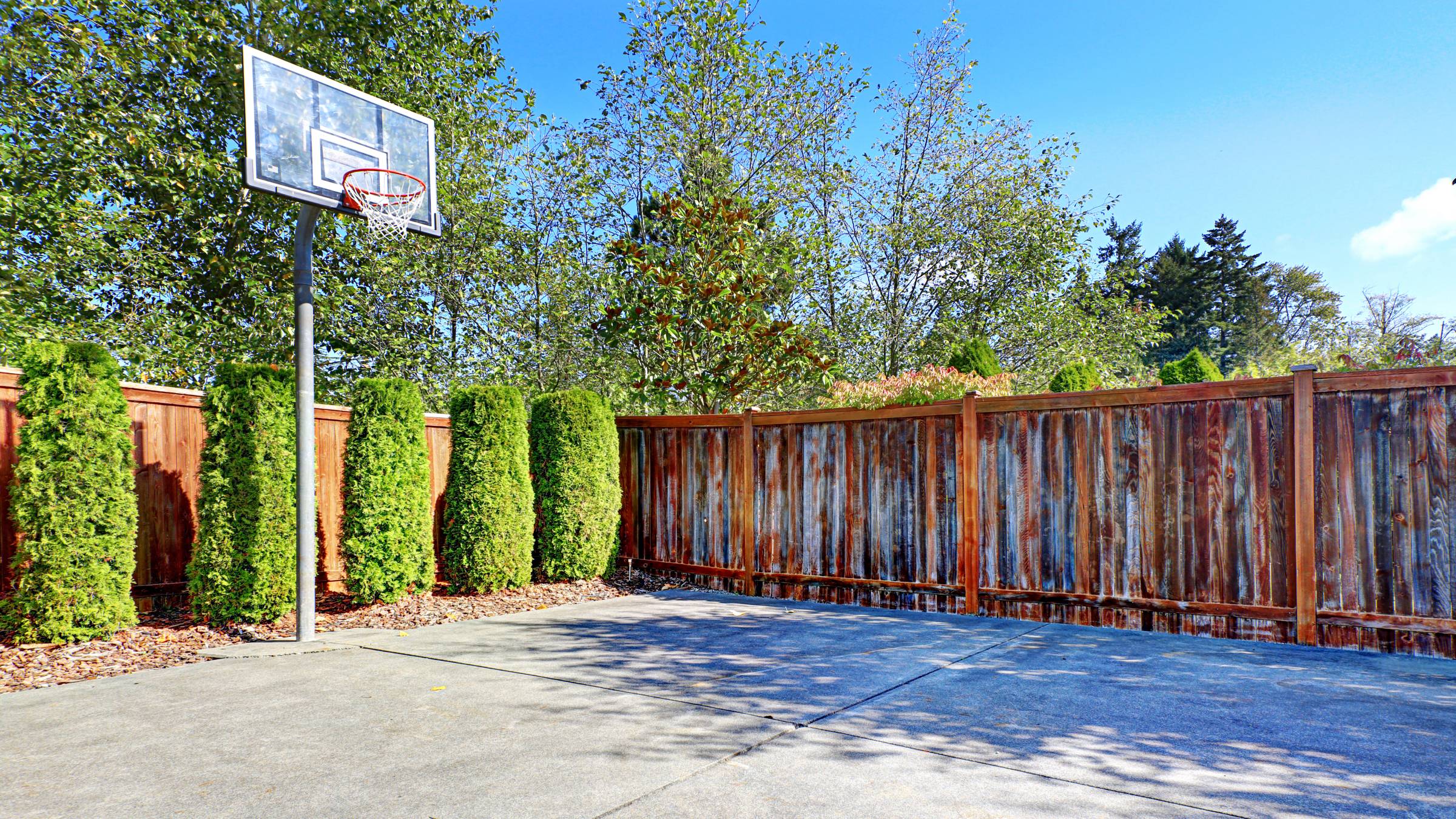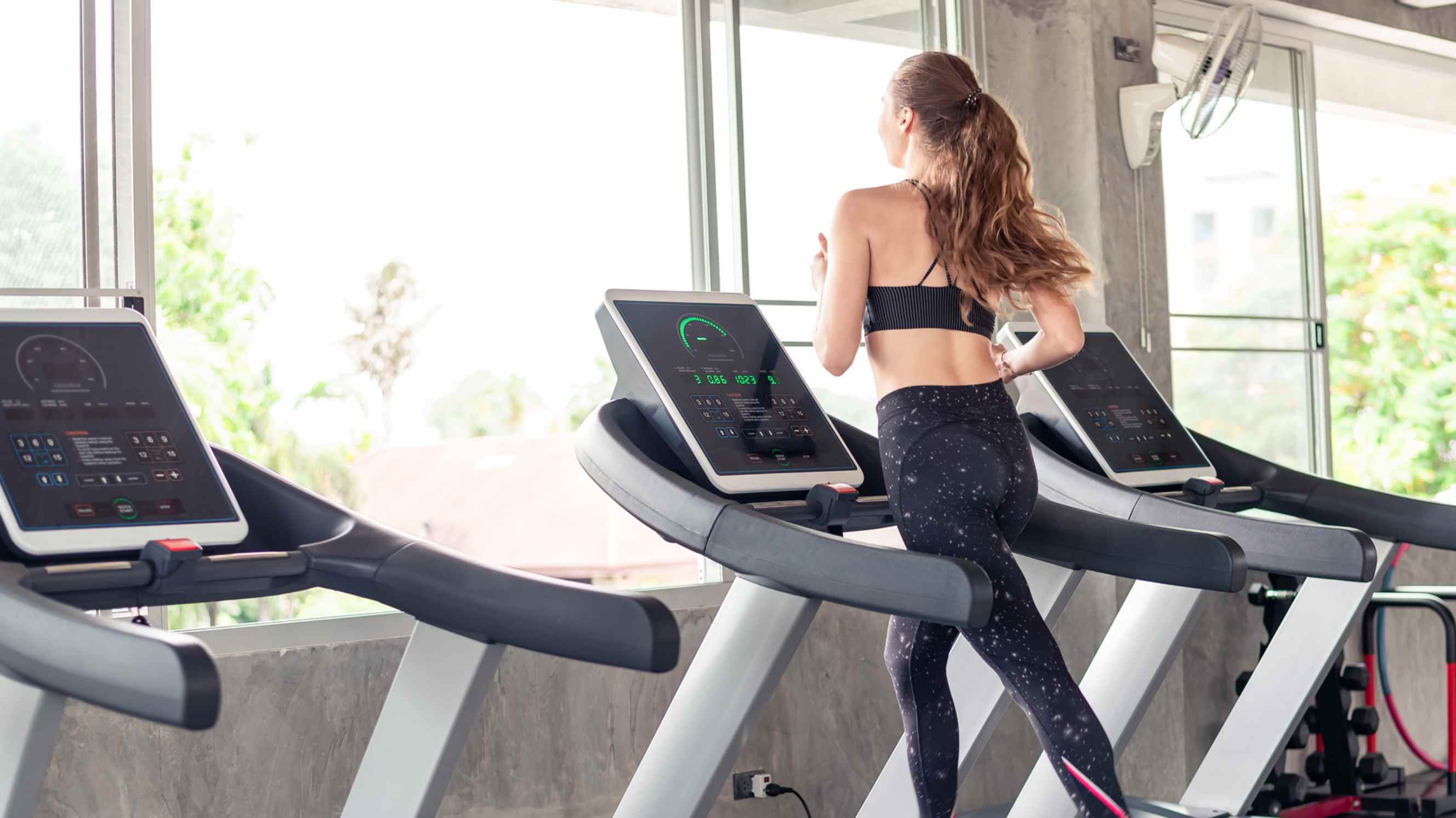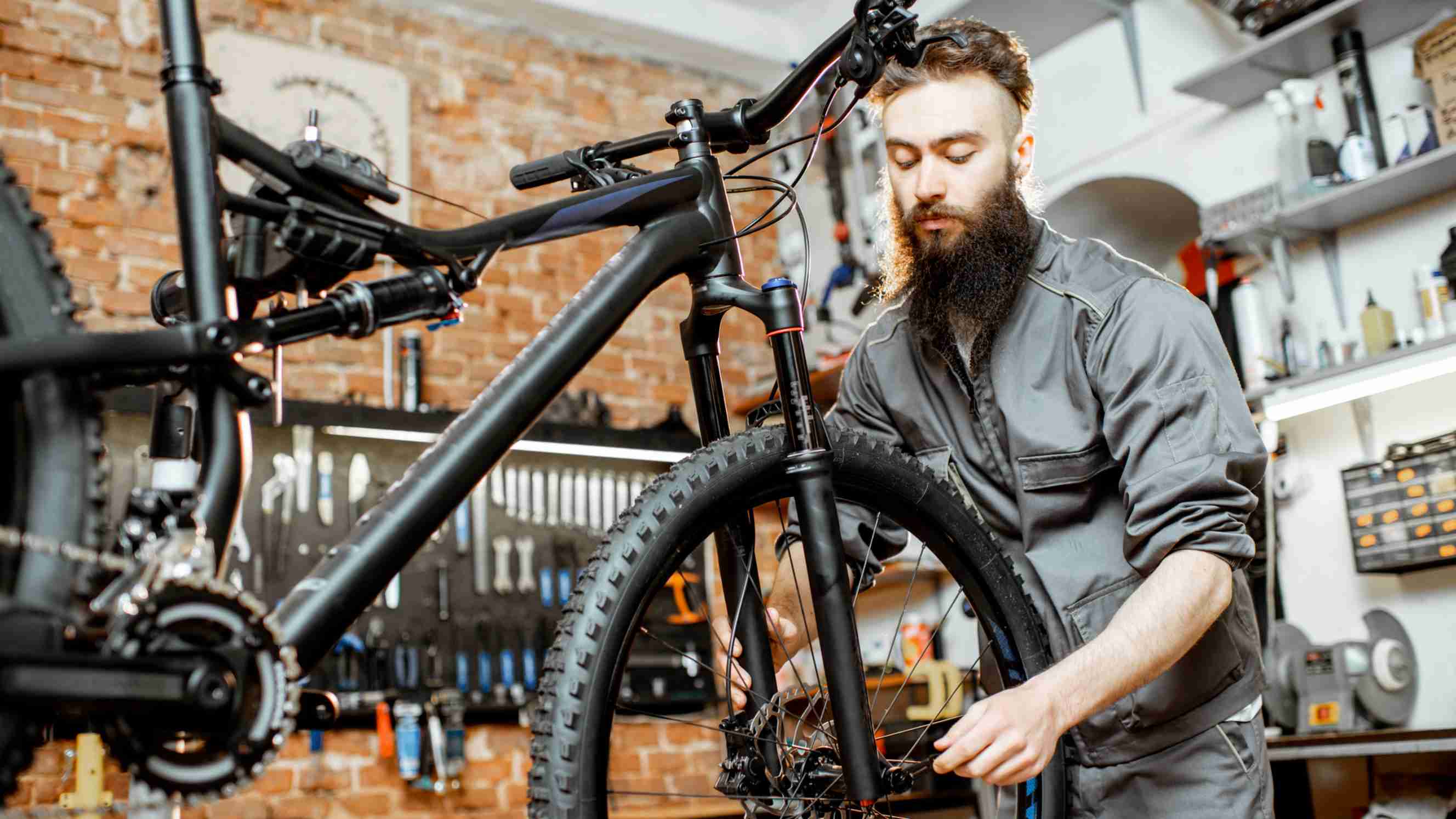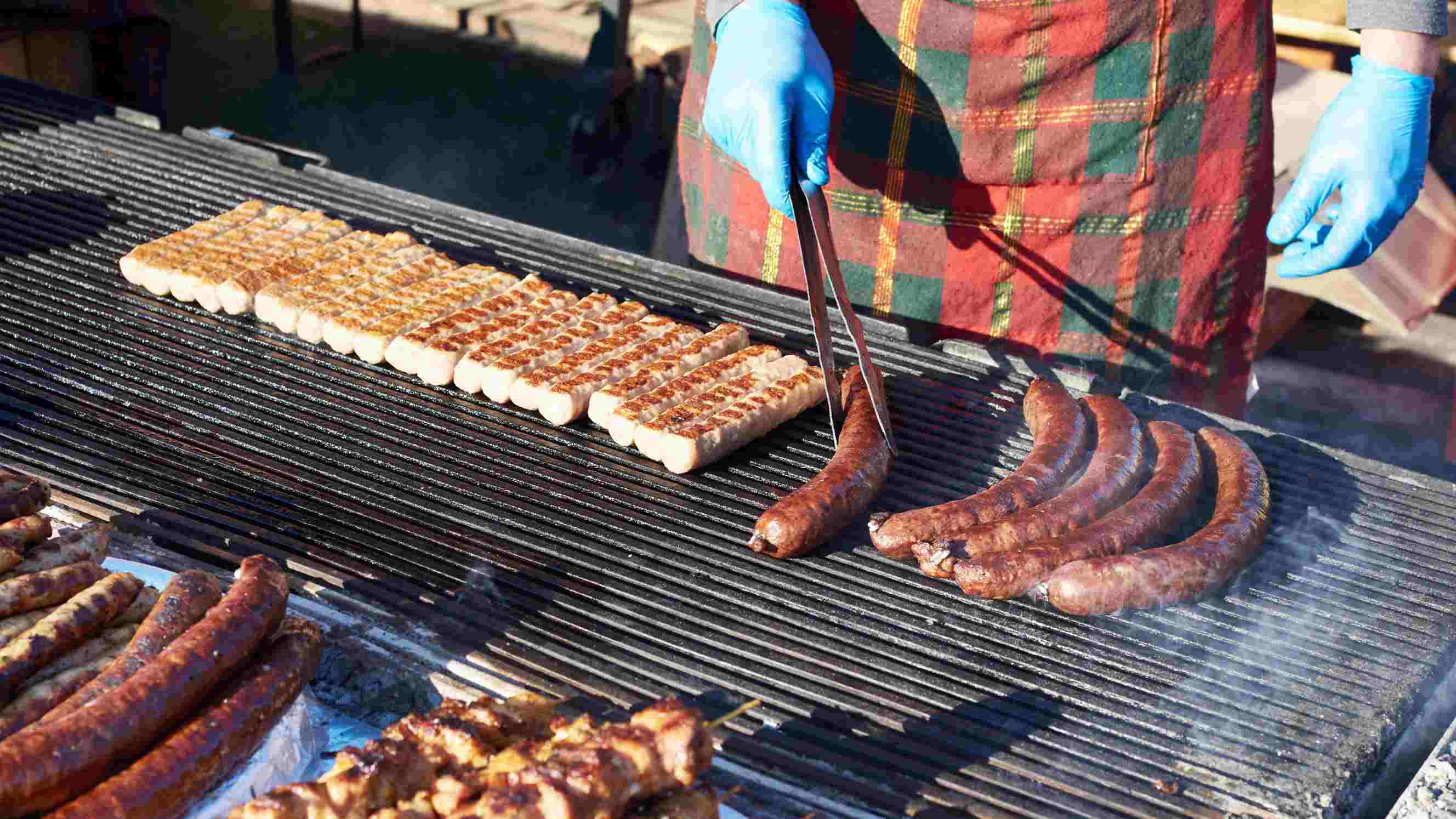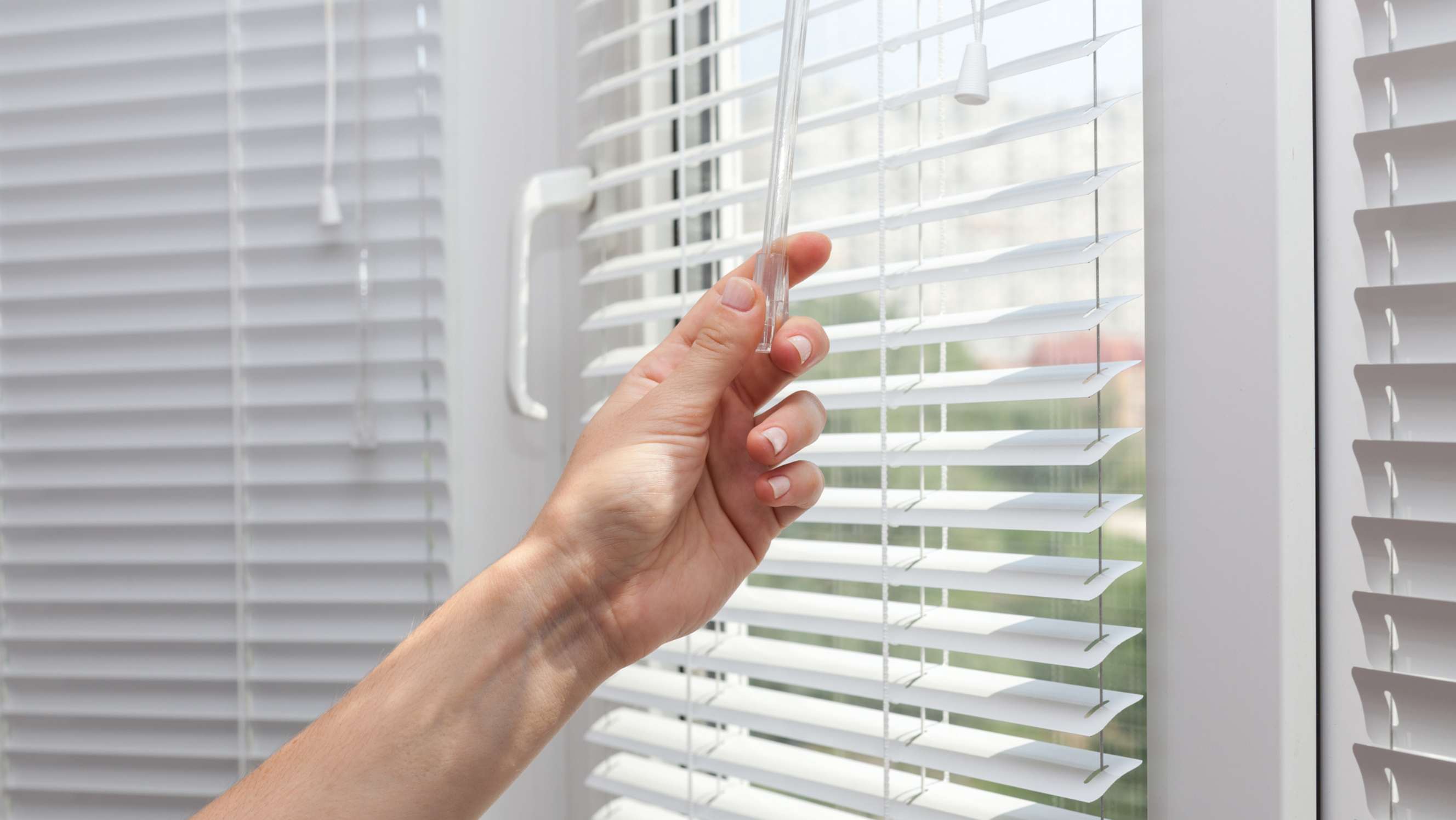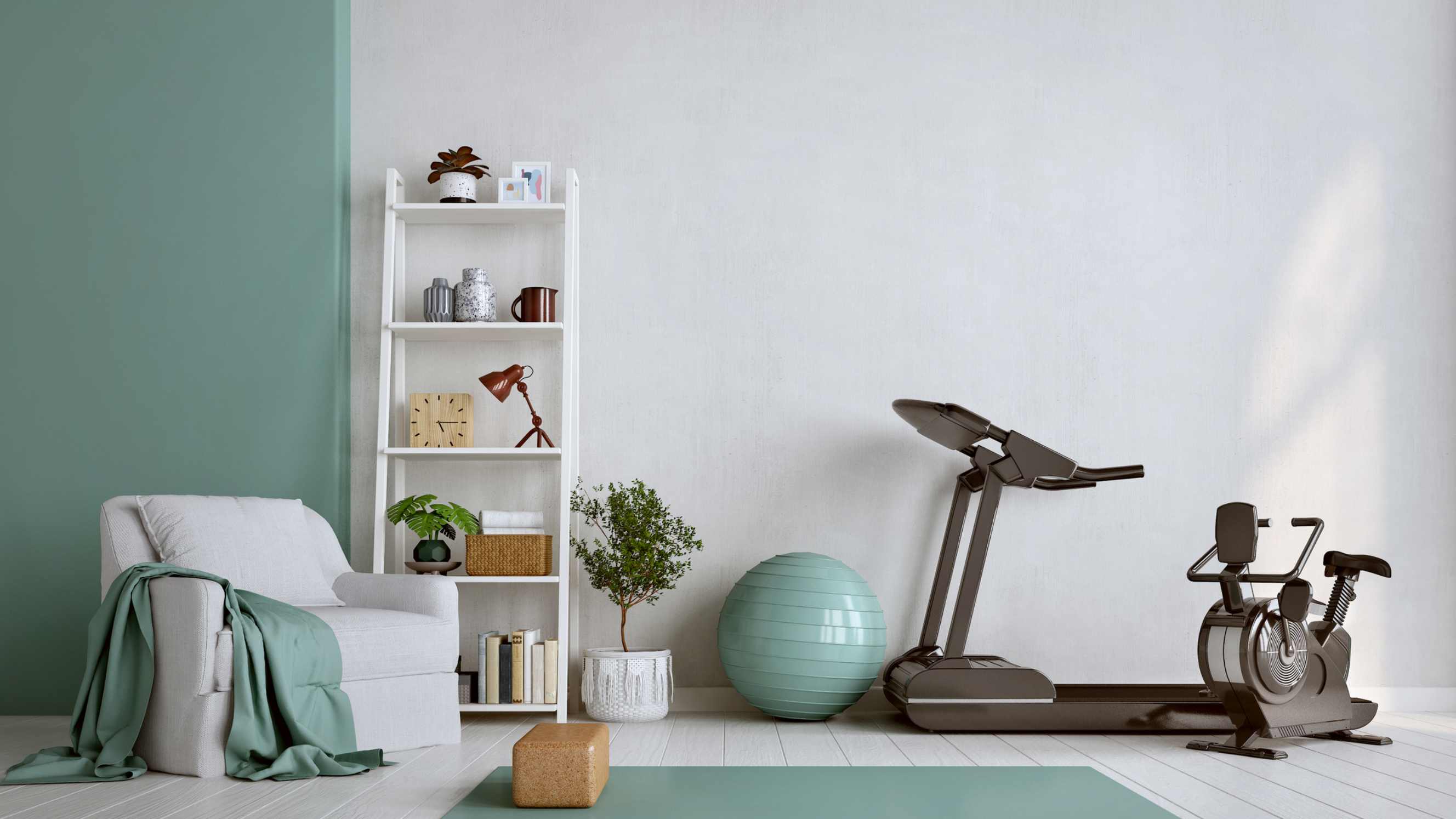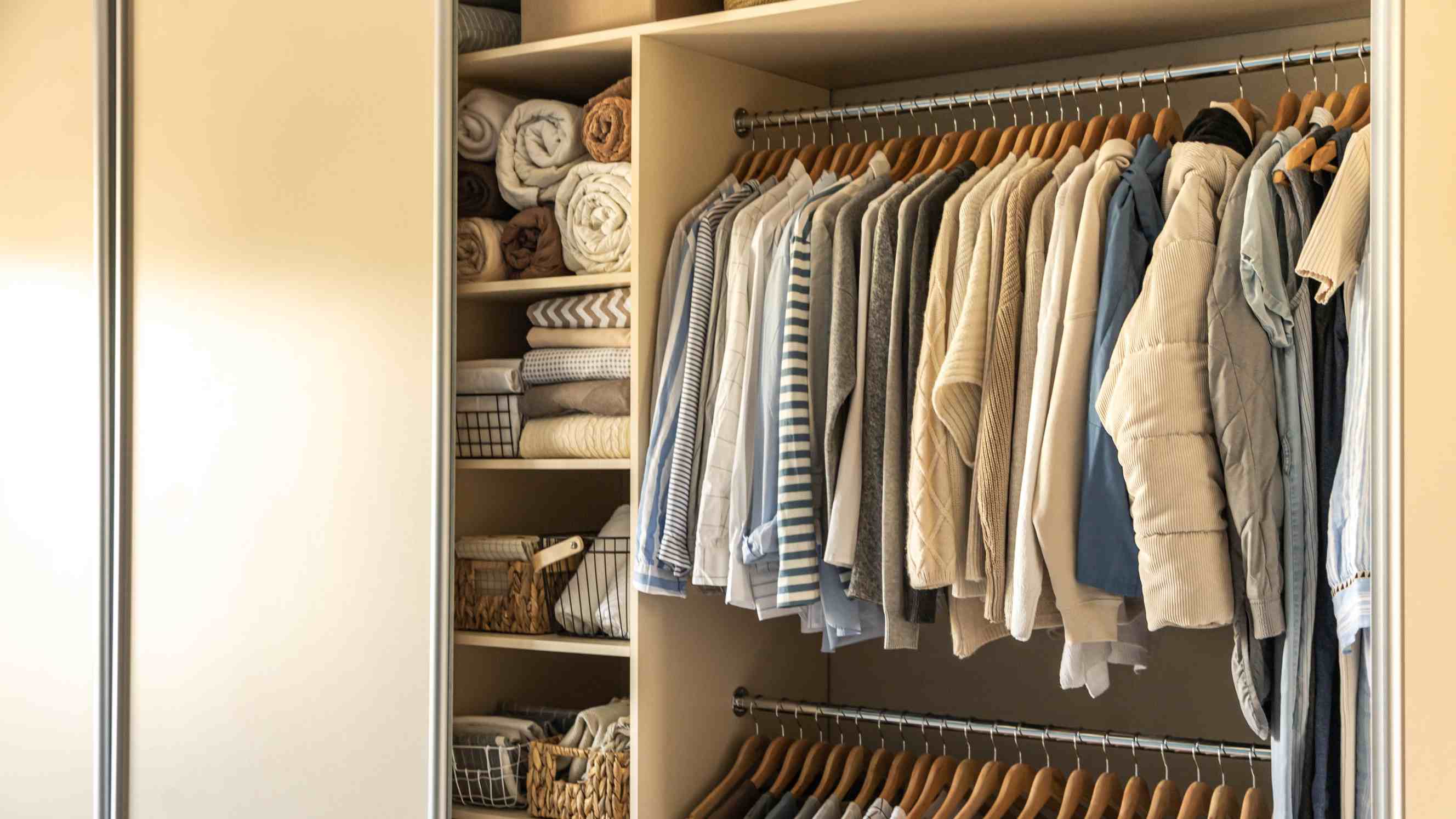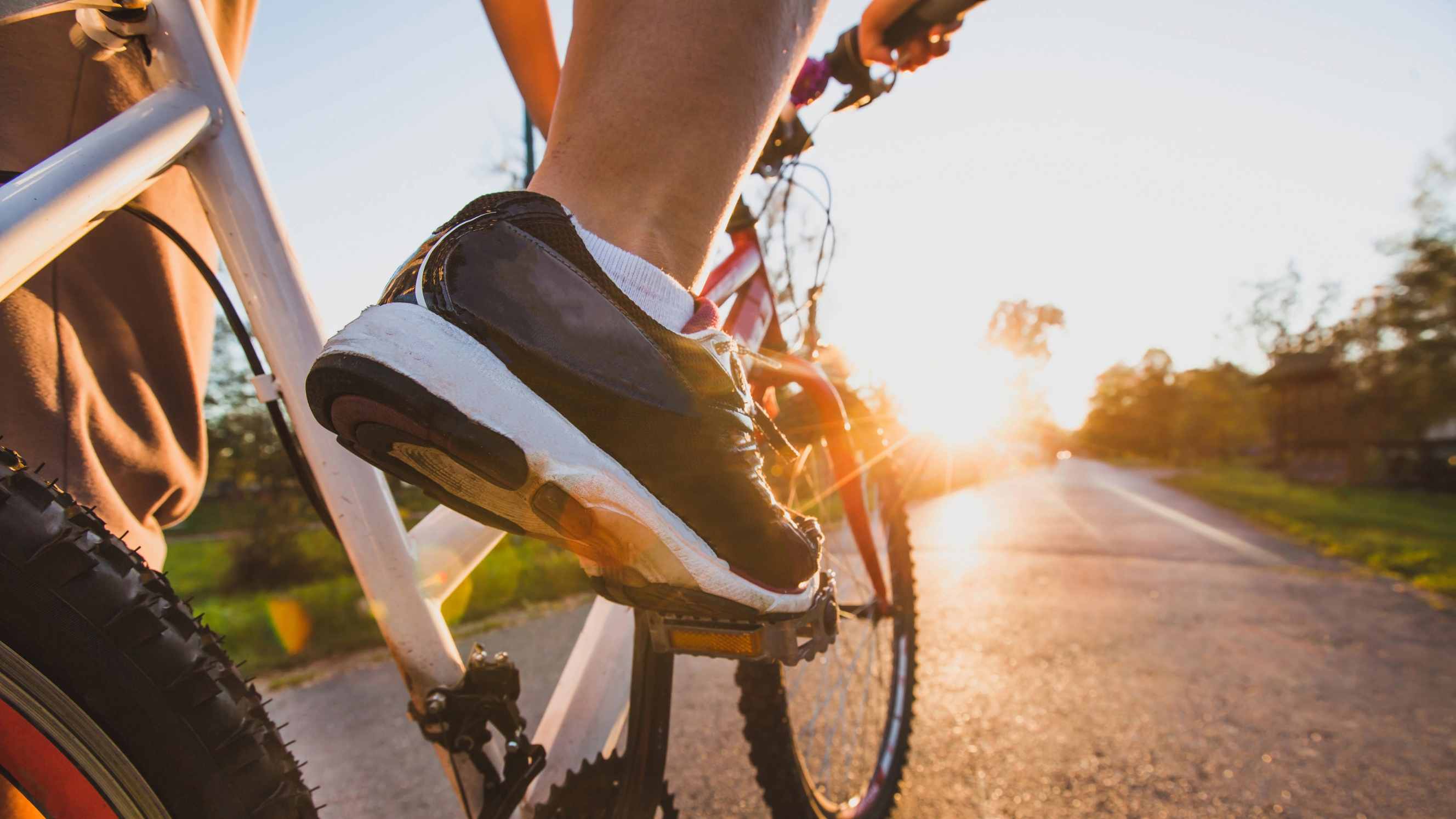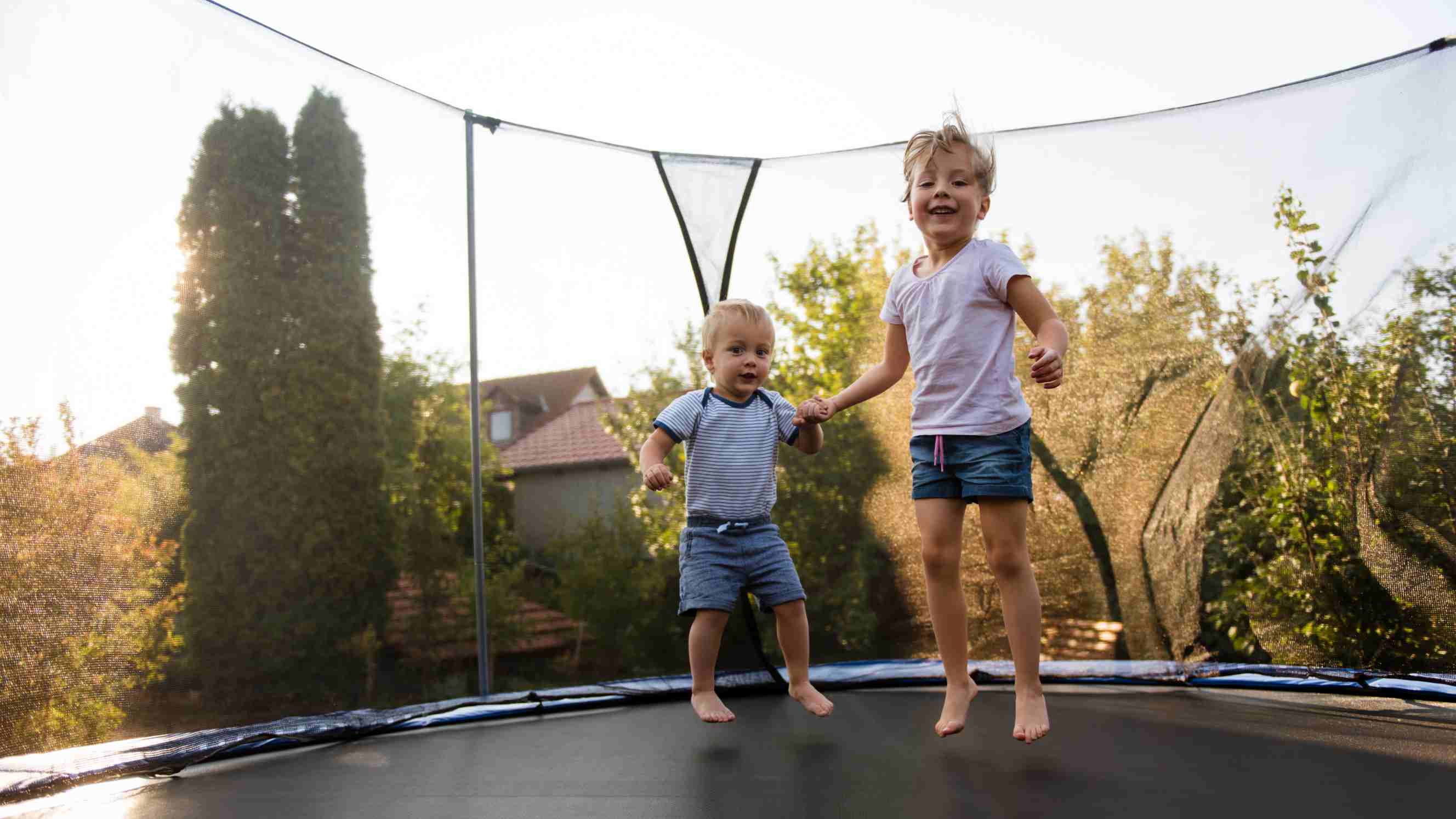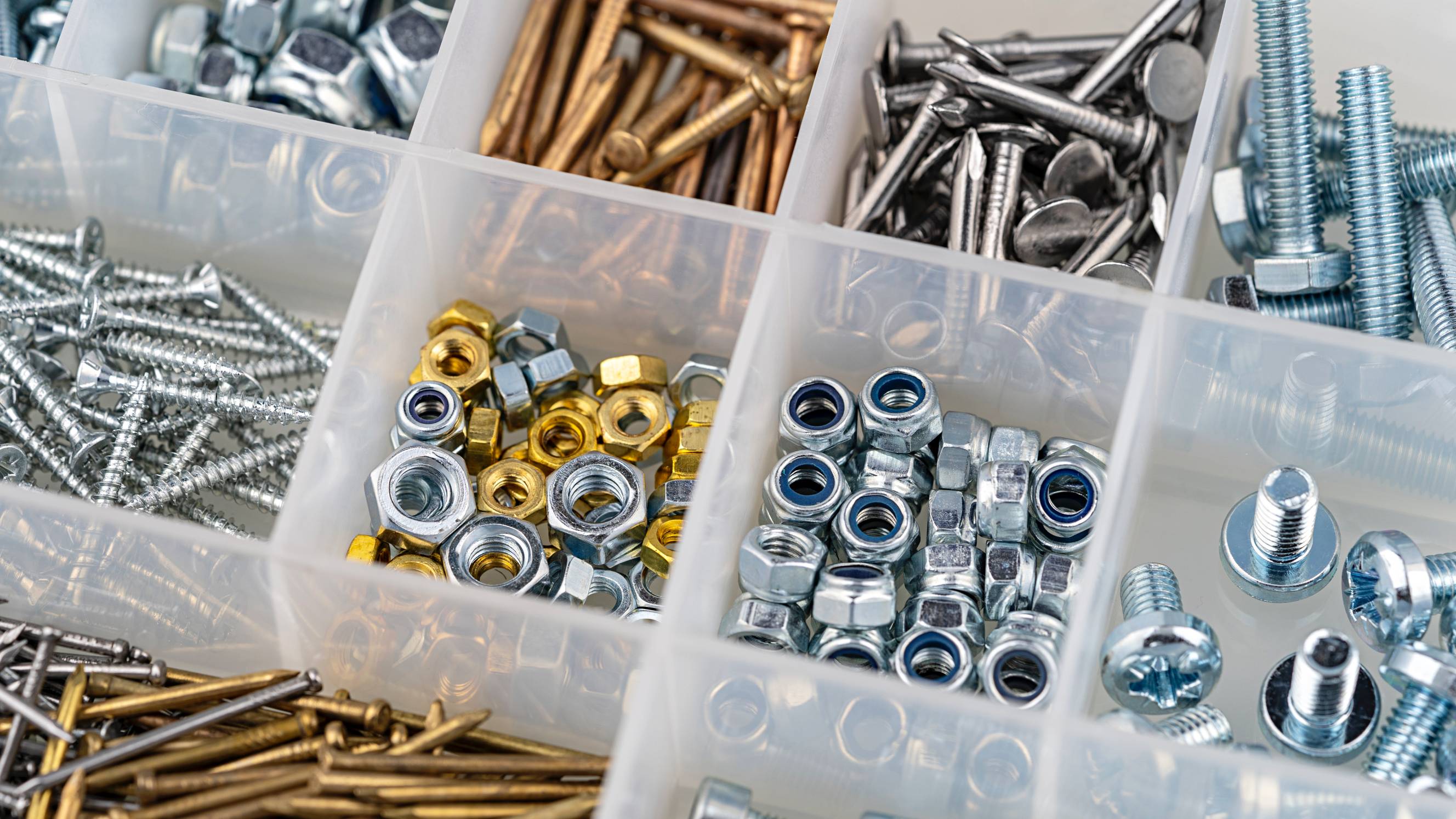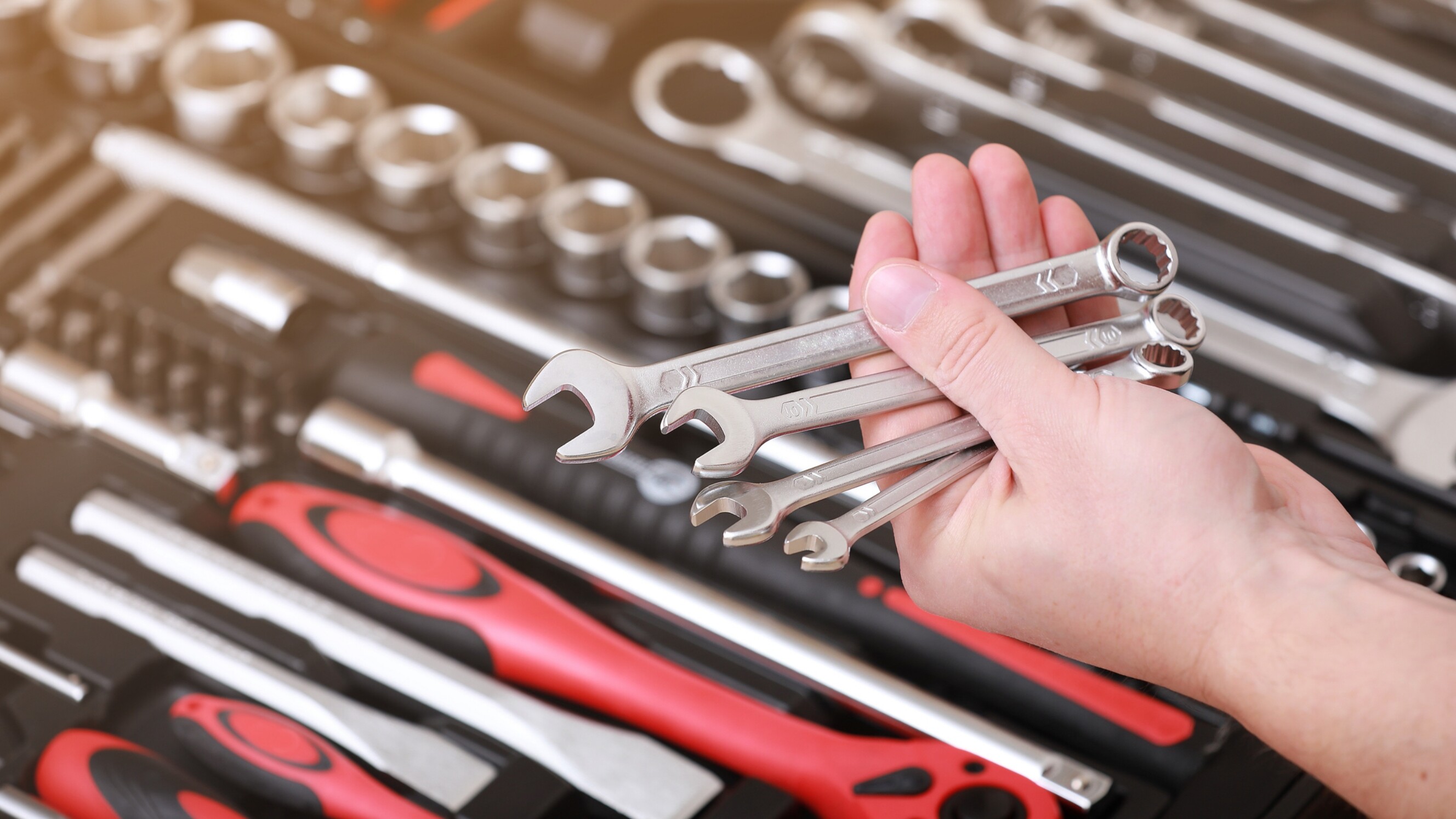- Home/
- Comparisons/
- Assembly/
- Tubeless vs Tube Tyre
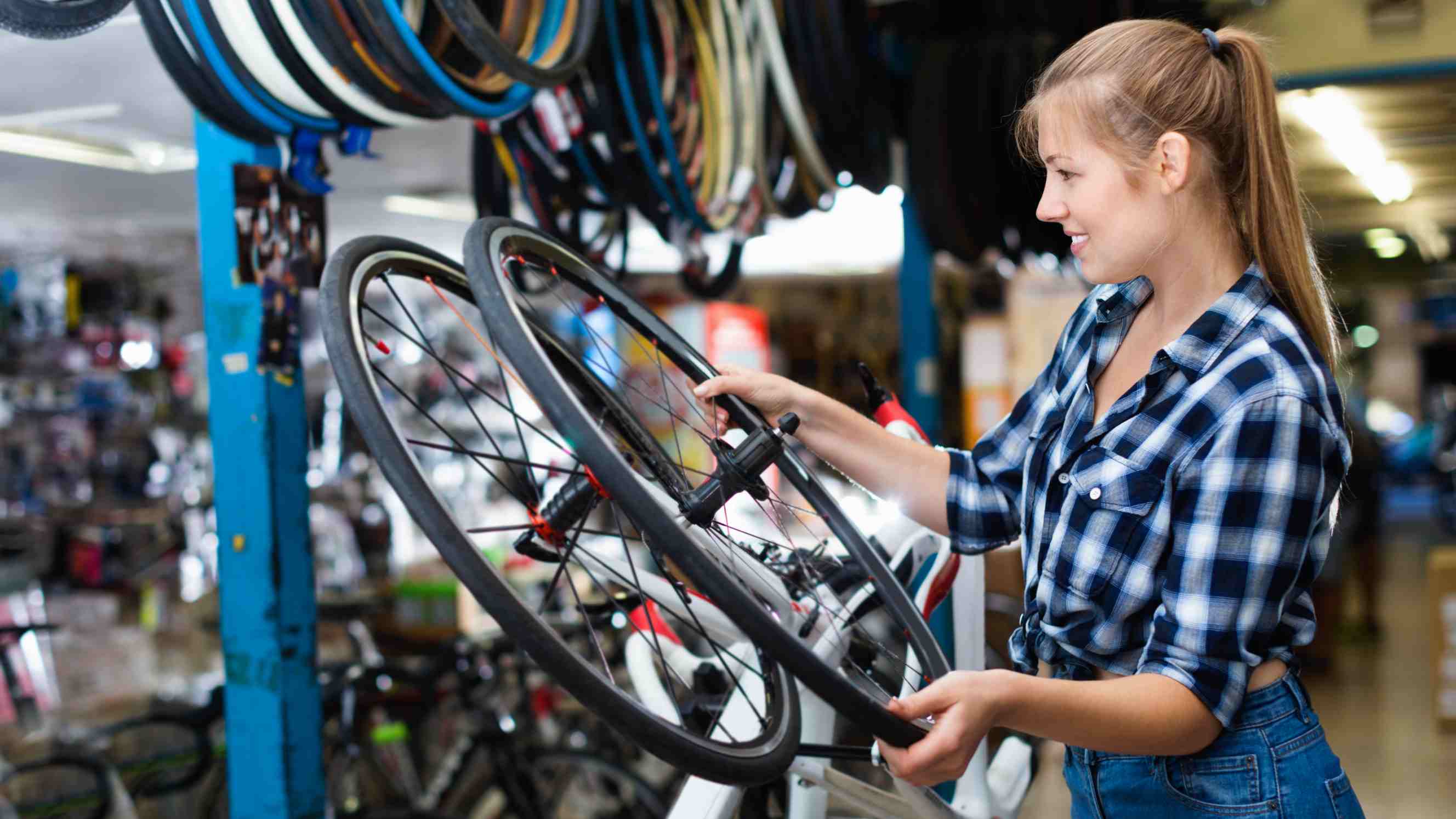
Tubeless vs tube: Which offers better cycling performance?
Comparing tubeless and tube tyres based on their puncture resistance, cycling performance, assembly process, and more.
Hire an expert bike assemblerLast Updated on
Key Facts
- A tubeless tyre lacks an inner tube and locks directly onto the rim using bolts and a locking ring. A specialised sealant is also also used to prevent air leaks and punctures.
- A tubular tyre, which features a separate inflatable inner tub, offers compatibility with various bicycle rim types.
With Australia’s temperate climate, you can enjoy cycling with your friends and family. But before you start your cycling adventures, you must choose the right tyre system to ensure a smooth and safe ride.
This guide walks you through different tyre systems, tubeless vs tube, to help you decide which is more suitable for your bicycle.
What is a tubeless tyre?
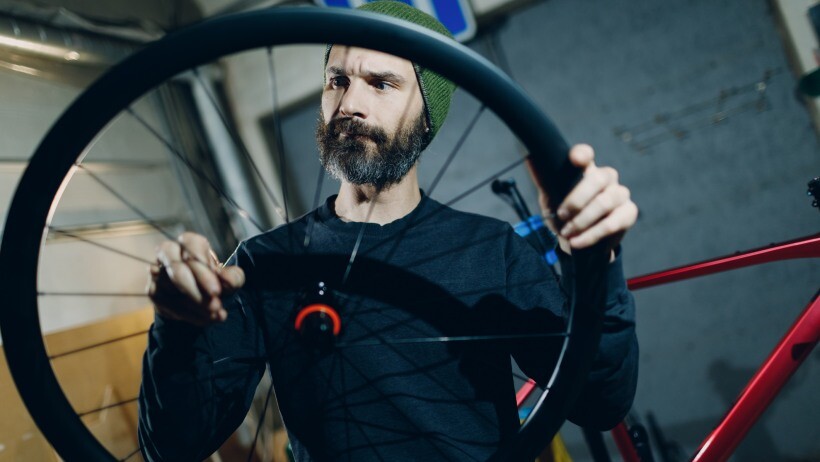
From the name alone, a tubeless tyre has no separate inner tube to hold the air pressure that inflates the tyre. Instead, the tyre locks directly against the bicycle’s rim using a beadlock system, which involves using bolts and a locking ring to lock the tyres securely. A sealant is also added to prevent air leaks and small punctures.
Due to the absence of the inner tube, tubeless cycle tyres are lighter and can run on a lower tyre pressure, causing the tyres to deform over bumps and obstacles. This makes riding on uneven and rough terrain more comfortable, which is why many use this type of tyre for mountain biking and off-road cycling.
What is a tube tyre?
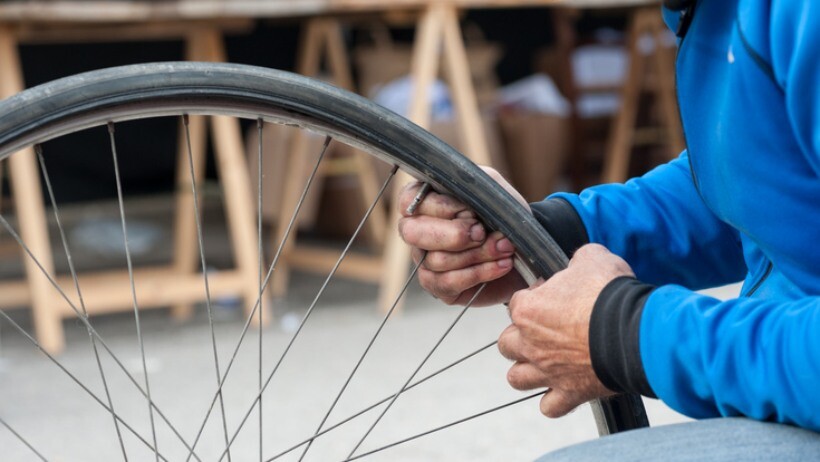
Tube tyres, also known as tubular tyres, are traditional tube tyre systems. They come with a separate inflatable inner tube to make them more rigid.
Tubular tyres are easier to maintain and repair than tubeless tyres because, aside from not needing a sealant, you’ll find a wide range of inner tubes and tyres. Plus, they’re compatible with various bicycle rim types.
Tube tyre vs tubeless: What are their key differences?
As cycling continues to become popular in Australia, helping improve people’s overall fitness, the topic of which bicycle tyre system is better becomes more relevant. If you’re one of the many people interested in cycling and want to know more about the pros and cons of each tyre system, this guide is for you.
In terms of puncture resistance
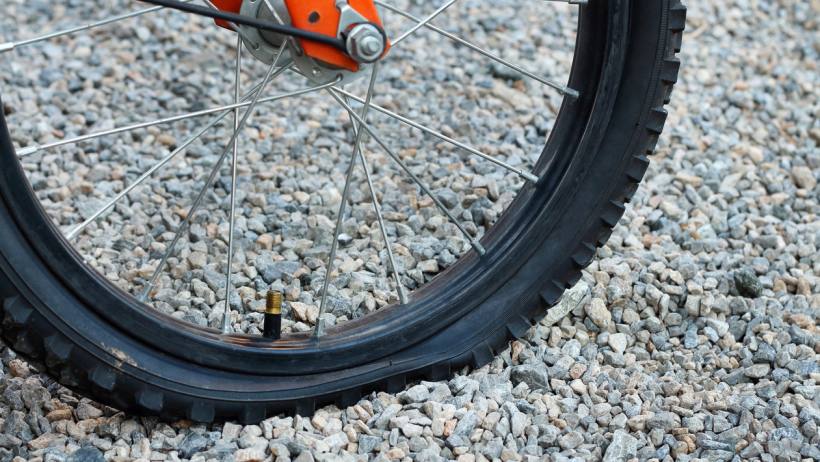
For those who love the thrill of off-road adventures, choose a tubeless tyre system. Unlike tubed bicycle tyres, they don’t have an inner tube, making them less susceptible to pinch flats.
A pinch flat is common in tubed cycle tyres, where your tyres completely compress to the bike’s rim after a sharp impact, like hitting a curb or a large rock or pothole.
Pinch flats are also known as snake bites because they resemble snake fangs with two small holes about half an inch apart. So, the next time you inspect your bicycle’s wheels and see these holes, don’t hesitate to call a bicycle tyre repair service for a quick and expert fix!
Moreover, tubeless tyres automatically fix minor punctures using a specialised sealant. The sealant is made of a liquid rubber that dries up when your tyres’ air pressure drops after hitting an obstacle, creating a rubber plug that seals the bike.
One downside of sealants is that they typically require periodic replenishment because they dry out over time, losing their effectiveness.
In terms of performance
To better compare the performance of tube vs tubeless bike tyres, you have to consider the following:
Tyre pressure or the amount of air inflated to your tyres.
Rolling resistance or the friction between your tyres and the ground that slows down the bike.
So, are tubeless tyres better when it comes to performance? Yes, because, even on uneven, rough roads, tubeless cycle tyres are faster and more efficient. As mentioned earlier, this tyre system allows bikes to run at a lower tyre pressure, helping them to adapt to various surfaces and lowering the risk of puncture flats. This is why many cyclists with mountain bikes go tubeless.
Not only mountain bikers but also road bikers can benefit from tubeless road bike tyres. This is because they have lower rolling resistance, allowing them to move faster when riding smooth roads.
Tube tyres can also perform consistently under standard road conditions. However, they don’t offer the same efficiency when riding on rough terrain.
In terms of ride quality
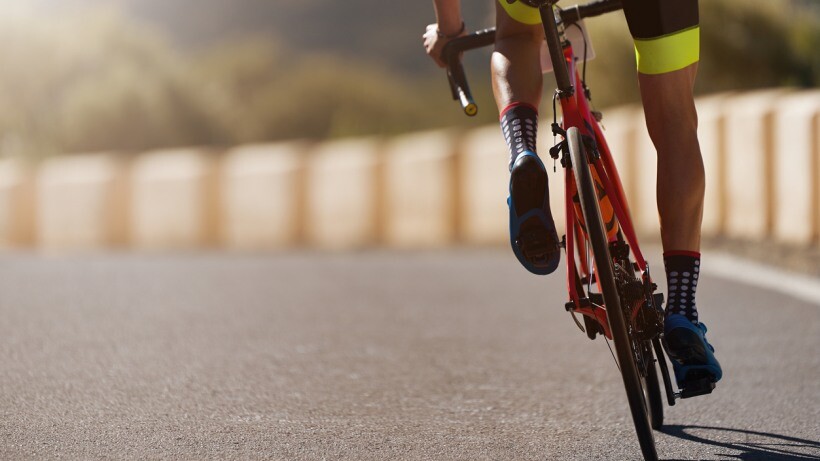
Ride quality heavily depends on two things: your cycling preferences and the terrain type.
If you frequently go gravel or off-road biking, such as riding on rock gardens, narrow trails, and loose terrain, your tyre system should be tubeless. One of the advantages of tubeless tyres is they absorb bumps and road vibrations better than their tubed counterparts. This makes them feel lighter and more comfortable to ride on uneven terrain.
Moreover, remember that tubeless bicycle tyres use a sealant that can self-repair punctures. This reduces the likelihood of frequent stop-overs and repairs, increasing your ride quality.
However, having a tube tyre system is enough if you mainly use your bicycle for leisure and commuting. Although, keep in mind that tubed tyres aren’t as flexible as tubeless tyres. For example, you need to increase the tyre pressure of tubed tyres to ride more efficiently on smooth, paved roads. Meanwhile, you need to lower your tyre pressure to make riding on rough surfaces more comfortable.
If you’re unsure how to correctly adjust the air pressure of your tube tyres, it’s better to ask a bicycle expert to do it for you.
In terms of traction
Traction is the grip of your tyre on the surface it is rolling on. If your tyre system has good traction, it’s easier to manoeuvre your bicycle on different surfaces.
Regarding tube vs tubeless tyre systems, the latter has better traction due to having lower tyre pressure and a larger contact patch. For context, a contact patch is the area covered when the bicycle’s tyres meet the road surface.
On the other hand, tube tyre systems require higher air pressure, so their contact patch is smaller, offering less grip. Although you can adjust and lower the tyre pressure, your tyres will likely get pinch flats because of the presence of inner tubes.
In terms of assembly and installation process
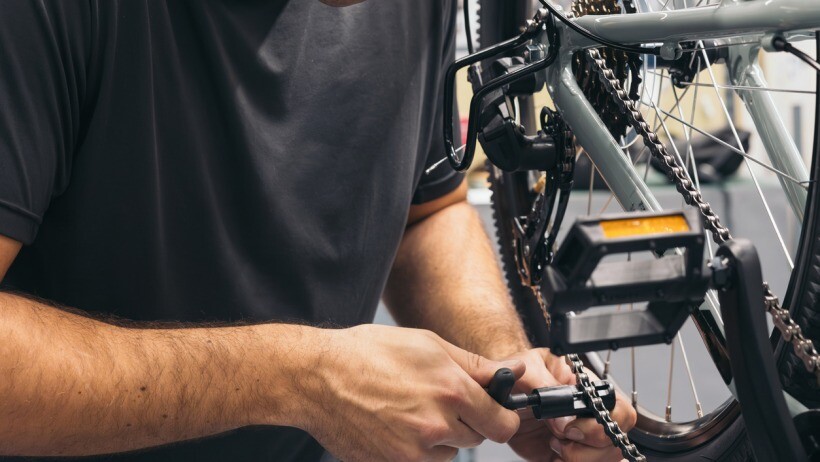
For tubeless-ready bikes, or bikes with a tubeless rim, the installation is more complicated, requiring the assistance of bike assembly experts. Not only do you have to know how to fit tubeless tyres with rim tape and sealant to create an airtight seal, but you also need to use an air compressor to ensure the tyres are adequately inflated.
On the other hand, tube tyres have a more straightforward assembly and installation process. This is because they have an inner tube to hold the air, eliminating the need to form an airtight seal on the bike’s rim. Moreover, they can fit into almost any type of bicycle rim.
In terms of cost
Bicycles with tube tyre systems are more affordable upfront. They don’t require tubeless-ready wheels or a tubeless valve and sealant. However, since they have less puncture resistance than tubeless tyres, you might have to frequently send them for repairs, leading to higher long-term bike service costs.
Meanwhile, tubeless tyres are more cost-effective for professional cyclists due to their performance benefits. So, although they require higher initial investments and maintenance, the costs are justifiable.
Expert bicycle tyre assembly assistance at your fingertips with Airtasker
Choosing between a tubed and tubeless setup is only one of the many things to cross out in your cycling checklist. You must also assemble your bicycle wheels correctly to ensure optimal ride comfort and quality.
Reach out to assembly experts at Airtasker today to help you optimise your cycle tyres. Before assembly and installation, they can also help assess your bicycle’s structure and condition to check what adjustments and fine-tuning are necessary to improve cycling performance.
Tubeless vs tube tyre
| Tubeless Tyre |
Tube Tyre |
|
| Puncture Resistance |
Less susceptible to pinch flats |
More prone to pinch flats |
| Performance |
Allows for lower tyre pressure, offering better adaptability to various surfaces |
Consistent performance on standard road conditions, less efficient on rough terrain |
| Ride Quality |
Absorbs bumps and vibrations better, providing a lighter and more comfortable ride |
Suitable for leisure and commuting, less flexible compared to tubeless tyres |
| Traction |
Better traction due to lower tyre pressure and a larger contact patch | Lesser traction due to higher tyre pressure and smaller contact patch |
| Assembly and Installation Process |
Complex installation process; requires tubeless-ready rims |
Simple installation process, compatible with any bicycle rim |
| Cost |
Higher initial investment and maintenance costs, but cost-effective for professional cyclists |
More affordable upfront; However, potential for higher long-term costs due to repairs |
FAQs on tubeless and tube tyres
Compared to traditional tubed tyres, installation and repair are more difficult for tubeless tyres because a special sealant is required to seal the tyre to the bike’s rim. This sealant can eventually dry out, so you may have to top off your bicycle wheel’s sealant every three to six months.
Yes, the advantages of tubeless tyres, such as lower rolling resistance, self-healing punctures, and the ability to run lower pressures for increased comfort and grip, contributed to improving the performance of pro cyclists.
Yes, but only if your bicycle frame is compatible and has a tubeless rim. However, it’s not recommended to add an inner tube to a tubeless tyre system because of the likelihood of pinch flats.
It depends on your preferences, riding style and budget. If you want a tyre system with better puncture protection and lower rolling resistance for increased comfort and speed, then it’s wise to upgrade to tubeless road bike tyres. However, remember that they also have drawbacks, such as messy sealant leaks and the need for tubeless-ready rims and tyres.
Find assembly experts, fast
Post a task
Related articles
